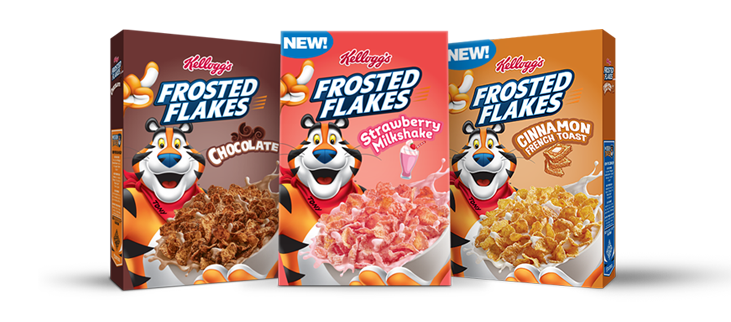The Journey from Kernel to Flake
Corn, also known as maize, is a large grain plant domesticated by indigenous peoples in Mesoamerica approximately 9,000 years ago. In 1906, the Battle Creek Toasted Corn Flake Company was founded by W.K. Kellogg, who was the first to develop flaked corn. The process used back in the day remains largely unchanged today.
Seeds are then planted two inches deep into the soil. This is one of the most pivotal times, as any mistakes will affect the entire year's crop.
It starts with a seed. In April, farmers till and level their land in preparation for growing the new crop. Seeds are then planted two inches deep into the soil. This is one of the most pivotal times, as any mistakes will affect the entire year's crop. After germination, farmers add three important nutrients to the soil (nitrogen, phosphorus and potassium) to help the corn plants grow. A growth spurt. In early June, the corn enters a grand growth stage, growing from 10 inches to five feet in only 30 days. During this time, the field takes on a dark green or blue green color. This period of rapid growth continues until pollination. Flowering. Pollination occurs during the corn's flowering stage. The ear shoot, including the corn silk growing out of the ear is the female flowering structure and the tassel on the top of the plant is the male flower. Kernels develop when a piece of pollen lands on a silk – and there is one piece of silk for each kernel on a cob.
After careful inspection, each kernel is split and put through a series of wetting, sifting, and rolling steps to create flaking grits.
Harvest time. About 60 days after the silk first appears, corn is ready for harvest. At this time, the corn's silk has turned brown and the fluid in the kernels is milky (farmer's test this by exposing the ear and puncturing a kernel). Harvesting usually occurs in October to early November. Off to the mill. Milling is a crucial step when the germ and the bran layers are removed to produce and edible kernel. After careful inspection, each kernel is split and put through a series of wetting, sifting, and rolling steps to create flaking grits – which are known as "the sweetheart of the corn". Let's get cooking. Finally, the corn grits are cooked with lightly sweetened malt flavoring (made by extracting the flavor components from barley and corn) and then partially dried. They're then rolled out to become a flake ready for toasting. Typically, the simple process of cooking corn flakes takes less than two hours. Once cooked, the flakes are packaged into the familiar Kellogg's Corn Flakes box and shipped.


